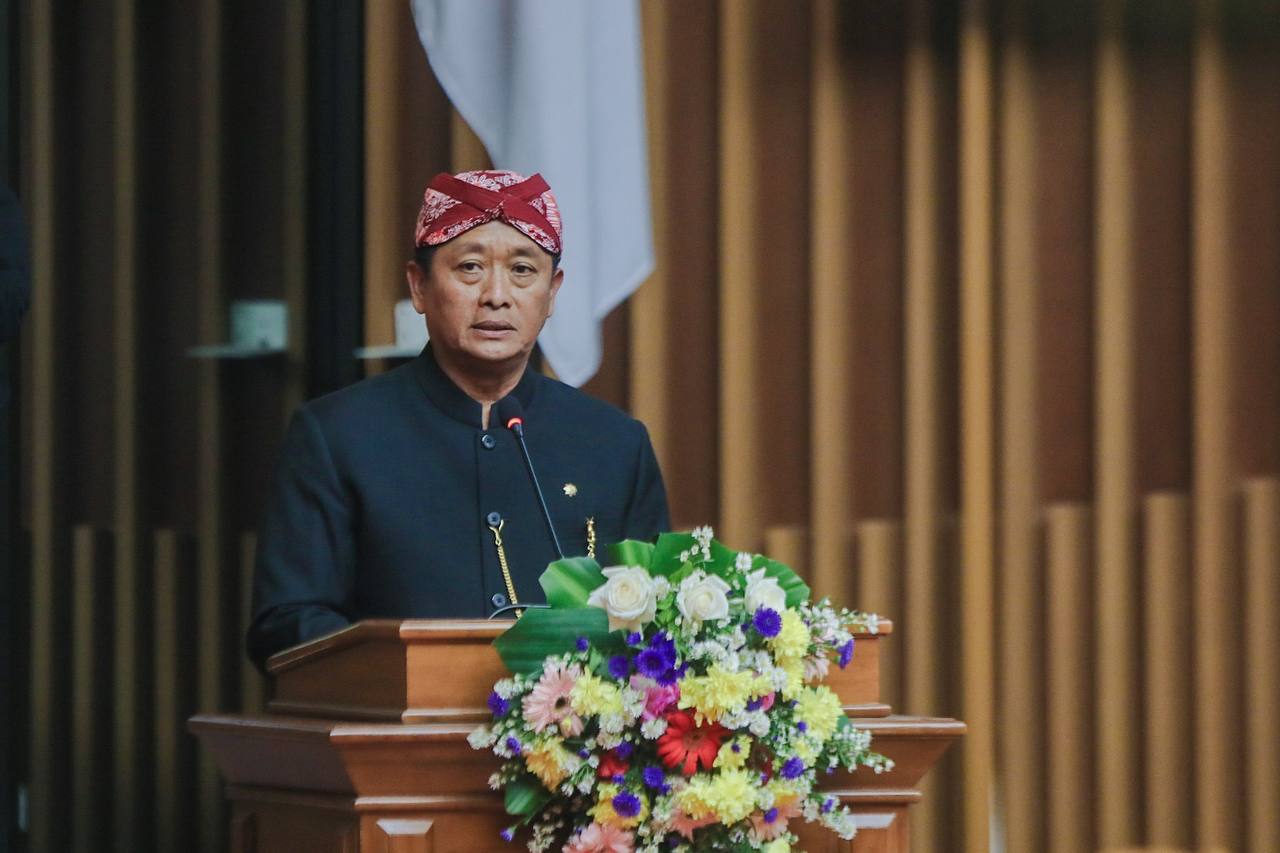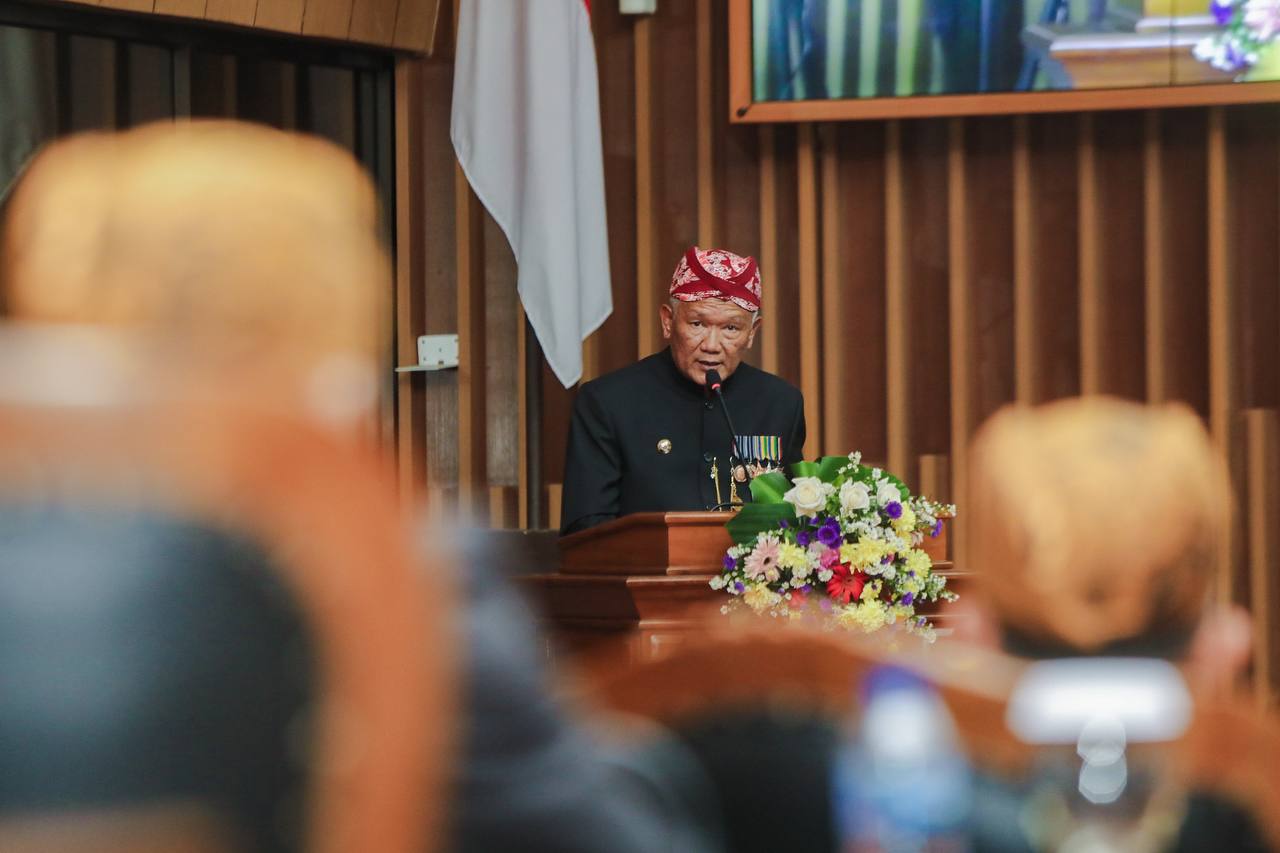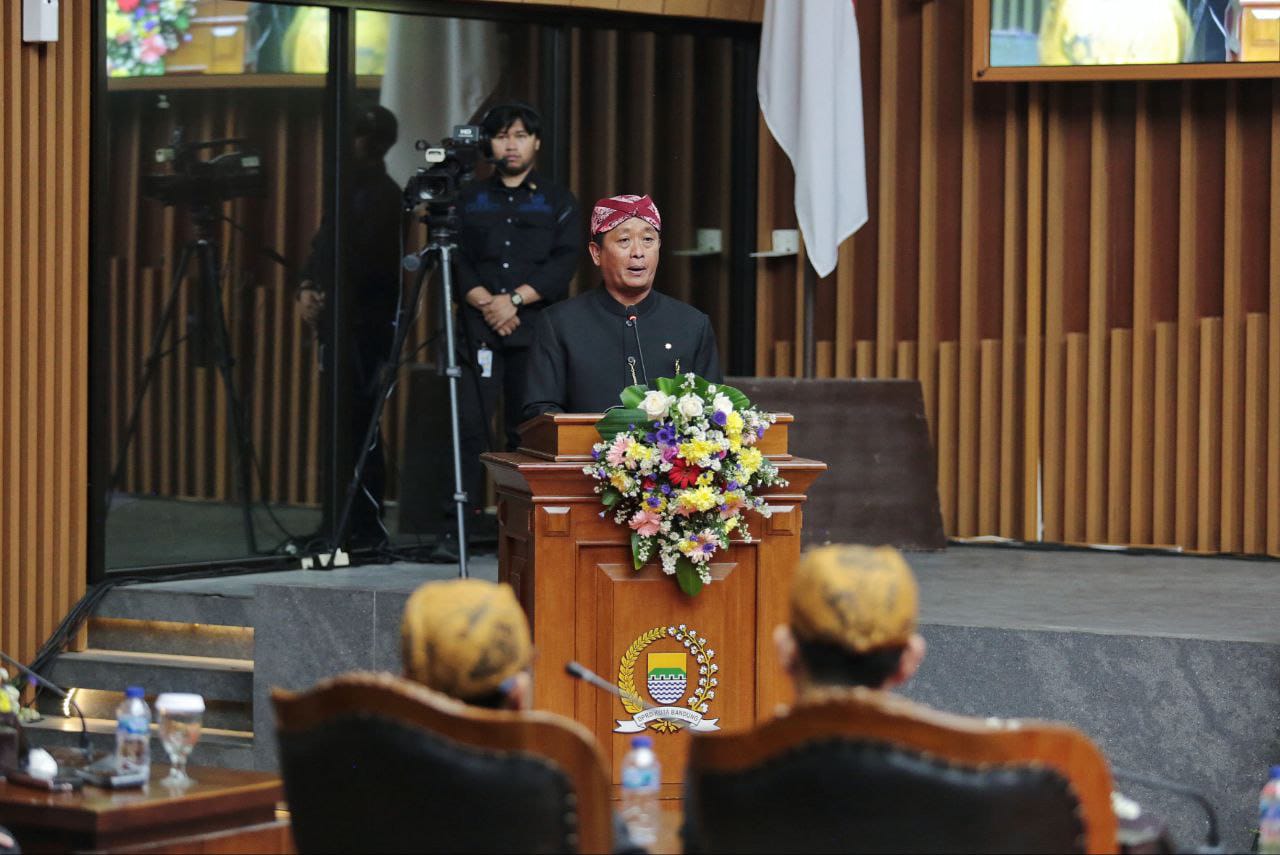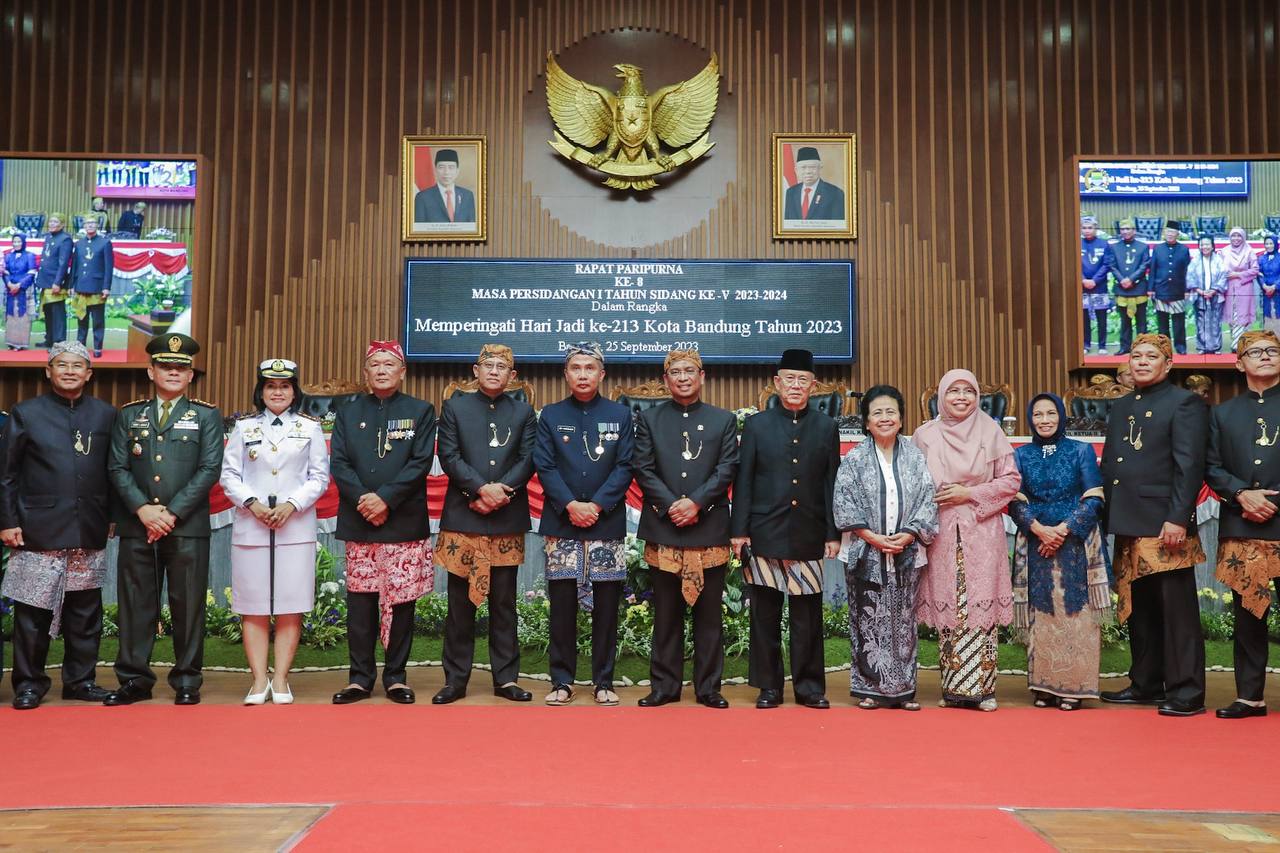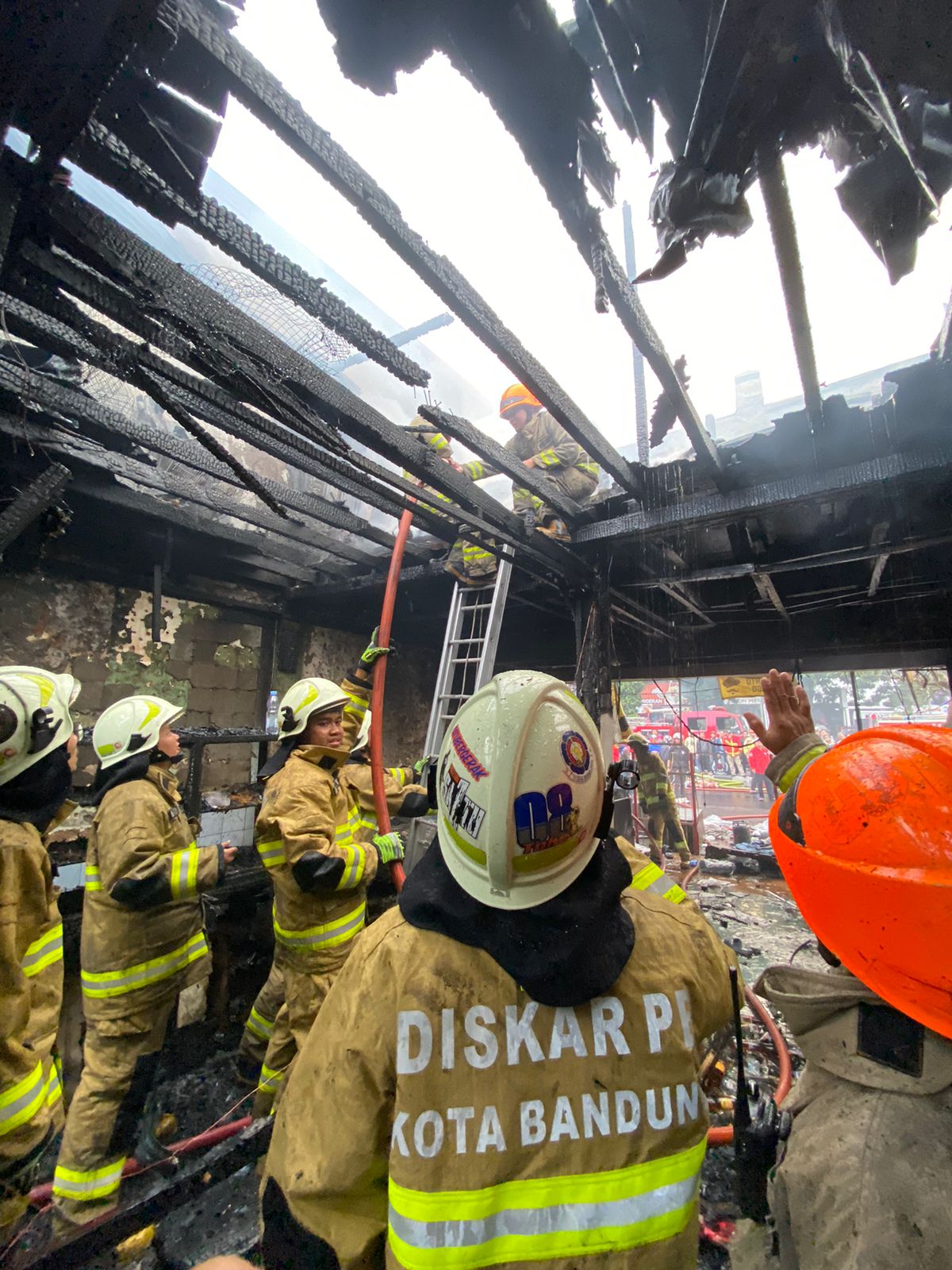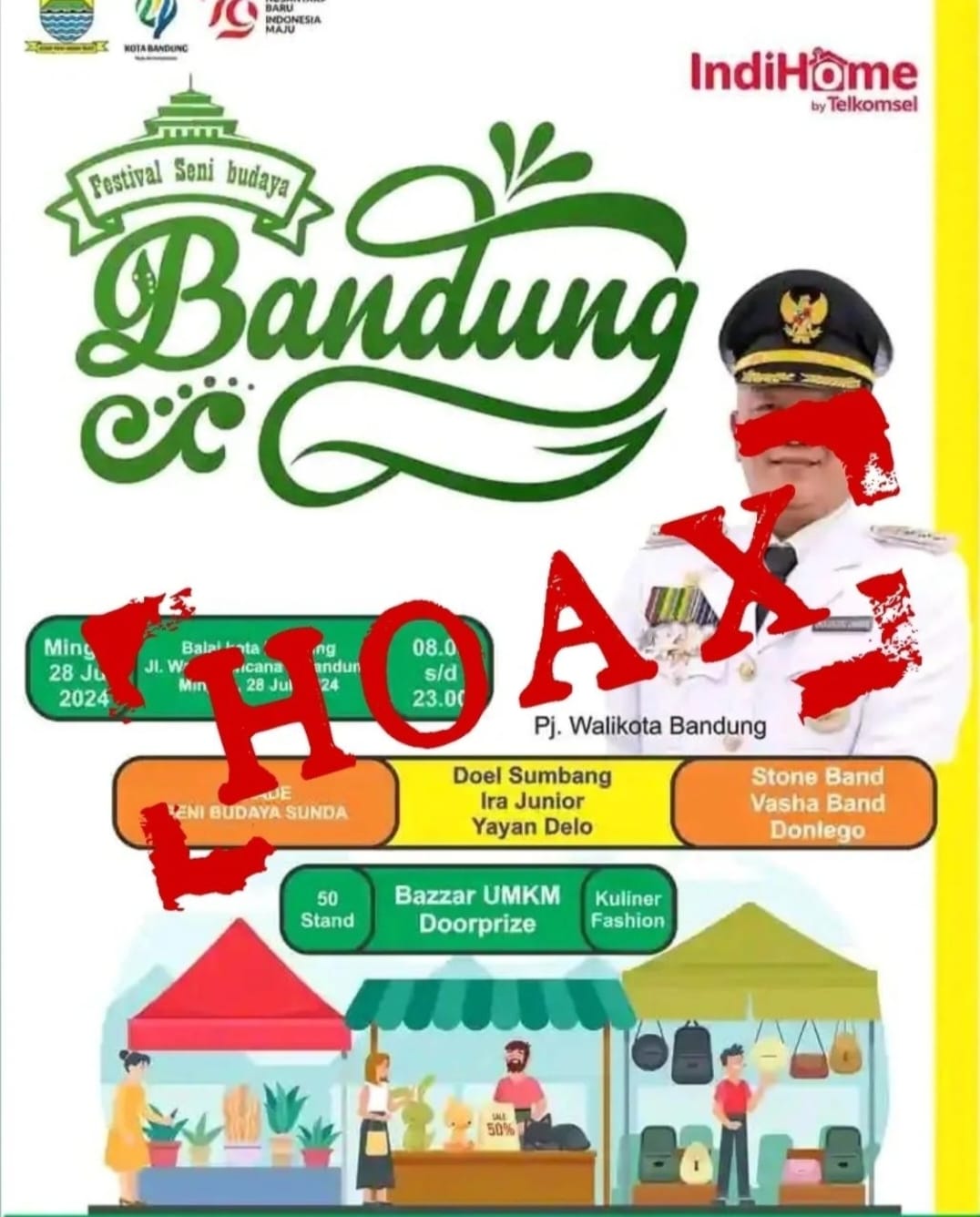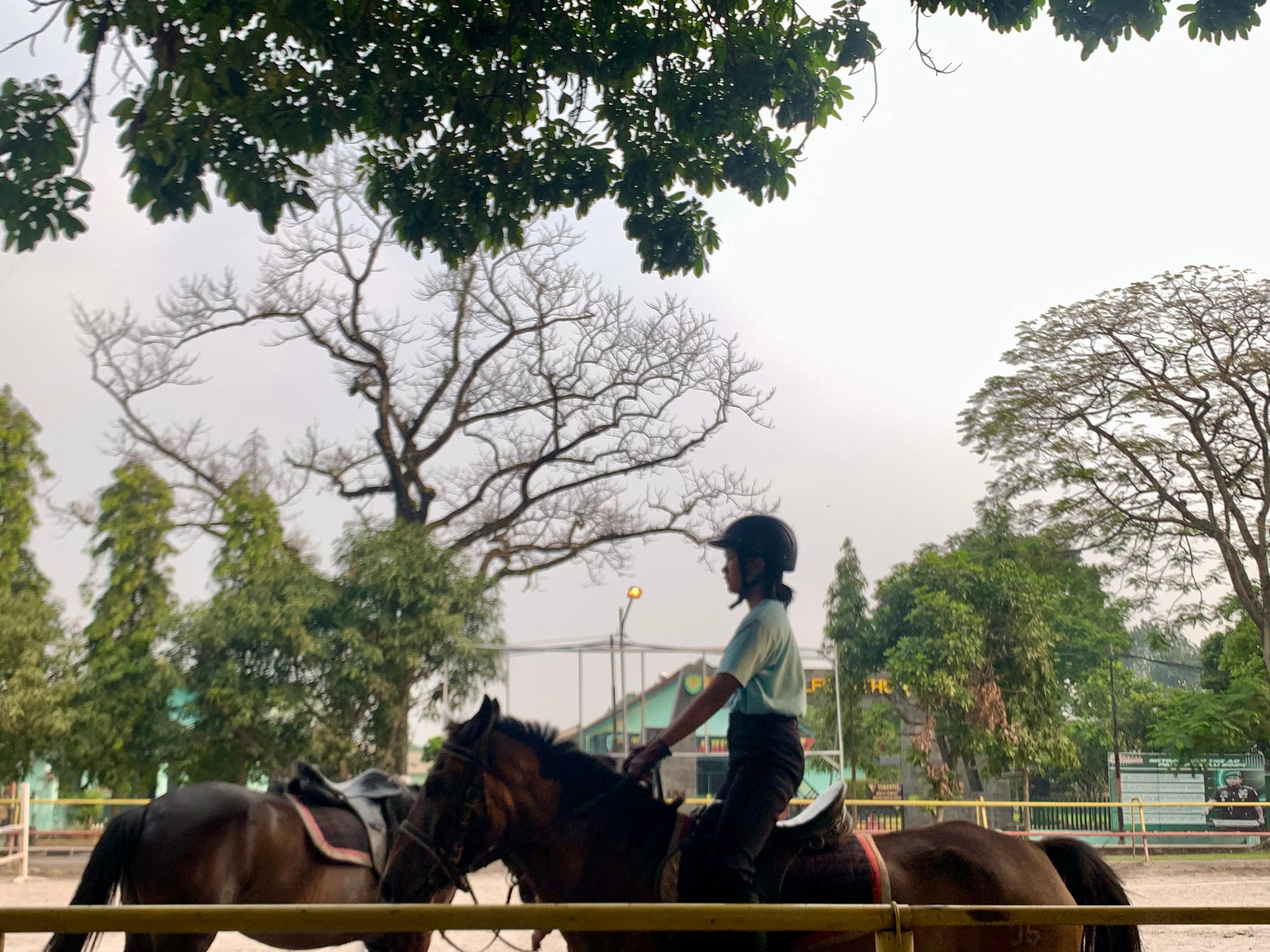HJKB 213 Plenary Meeting, Ema Sumarna Reads the History of Bandung
At the celebration of the 213th Anniversary of the City of Bandung, the Regional Secretary of the City of Bandung, Ema Sumarna conveyed the history of Bandung at the 213th HJKb Plenary Meeting at the Bandung City DPRD Office, Monday 25 September 2023.
Ema said, since 1998, the Bandung City Government has designated September 25 as "Bandung City Anniversary". Previously there were several views about the anniversary of the City of Bandung which identified the anniversary of the City of Bandung with the date of the formation of Gemeente Bandung, namely April 1, 1906. So for some time April 1 was celebrated as the Anniversary of the City of Bandung.
There is an opinion among the public that the anniversary of the city of Bandung was on May 25 1910. So before 1998 the understanding of the anniversary of the city of Bandung was confusing.
"Realizing the importance of correcting history, in 1997 the Bandung City Government held seminars and workshops, and followed up with several discussion activities involving a number of experts from various professions, such as historians, government experts, cultural figures and a number of community leaders from various circles and resulted in an agreement that the 25th "September 1810 was the anniversary of the city of Bandung," said Ema.
He said that the process of establishing Bandung City did not coincide with the formation of Bandung Regency. The city of Bandung was built very long after Bandung Regency was founded.
Bandung Regency was formed around the mid-17th century AD, with the first regent named Tumenggung Wirangunangun.
"When Bandung Regency was led by the 6th regent, namely R.A. Wiranatakusumah ll, power in the archipelago shifted from the Company to the Dutch East Indies Government, with the first governor general named Herman Willem Daendels," he said.
To carry out his duties smoothly on the island of Java, Daendels built a postal highway (Groote Poshweg) from Anyer at the tip of West Java to Panarukan at the tip of East Java. The construction of the highway was carried out by the indigenous people under the leadership of their respective regional regents.
In the Vandung area in particular and the Priangan area in general, the POS highway began to be built in mid-1808, the highway was named Jalan Jendral Sudirman - Jalan Asia Afrika - Jalan A. Yani, continuing to Sumedang.
"To smooth the construction of the highway, Daendels through a letter dated 25 Nei 1810 asked the Regent of Bandung and the Regent of Parakanmuncang to move the district capital, respectively, to the Cikapundung and Andawadak areas (currently known as Tanjungsari)," he said.
He added, around the end of 1808, the regent and a number of his people moved from Krapyak to approach the land for the new capital. At first the regent lived in Cikalintu (now known as Cipaganti). Then moved to Balubur Hilir, then moved again to Bogor village (currently known as Kebon Kawung, on the site of the current Pakuan Building).
"It is not known for certain how long the city of Bandung was built. However, the city was not built on the initiative of Daendels, but on the initiative of the Regent of Bandung, in fact the construction of the city was led directly by the regent R.A. Wiranatakusumah ll and is known as (The Founding Father) of the City of Bandung ," he said.
The city of Bandung was inaugurated as the new capital of Bandung Regency on 25 September 1810. This means that, as long as other sources have not been found that show more accurate facts regarding the founding of the City of Bandung, then 25 September 1810 can be justified in its validity as the "Anniversary of the City of Bandung".
"The anniversary date for the city of Bandung has been ratified by the Bandung City DPRD through Regional Regulation number 35 of 1998," he said.
Since the city of Bandung was founded until mid-1864, the city of Bandung functioned as the capital of the district which was completely governed by the regent R.A. Wiranatakusumah ll continued by Regent R.A. Wiranatakusumah lll (period 1829-1846) and regent R.A. Wiranatakusumah lV (period 1846-1874).
During the reign of the regent R.A. Wiranatakusumah lV, precisely since August 7 1864, Bandung City has functioned as the capital of the Priangan residency, replacing Cianjur City which was heavily damaged due to the eruption of Mount Gede.
"Thus, a dualism of government occurred, namely the existence of district government and residency government. This continued until the city of Bandung became an autonomous government city called Gemeente (since April 1 1906)," he said.
Gemeente Bandung was formed when Bandung Regency was ruled by the 10th regent, namely R.A.A. Martanegara replaced regent R.A. Kusumadilaga with the establishment of the Gemeente government, three forms of government existed in Bandung City, namely district, residency and Gemeente.
"The Gemeente government, as an autonomous city government, is more dominant than the other two governments in the city of Bandung. Since October 1 1926, the term Gemeente was changed to Stadsgemeente, which lasted until the end of the Dutch East Indies government," he said.
During the period of independence, the designation of the Bandung City Government changed as follows:
Haminte Bandung: from 11 March 1946 - 24 April 1948 (the period when Pasundan was under RIS).
Big City Bandung: since 15 August 1945.
Bandung Municipality: based on Law no. 1 of 1957 concerning regional government.
Bandung Municipality: Based on law no. 1 of 1957 and circular letter from the Mayor of Bandung regional head no. 637 dated 19 March 1966.
Bandung Level 2 Regional Municipality: Based on Law No. 5 of 1974 concerning the principles of regional government.
Bandung City Government: from 1999 until now.(yan)**
Head of the Bandung City Communication and Information Office
Yayan A. Brilyana




